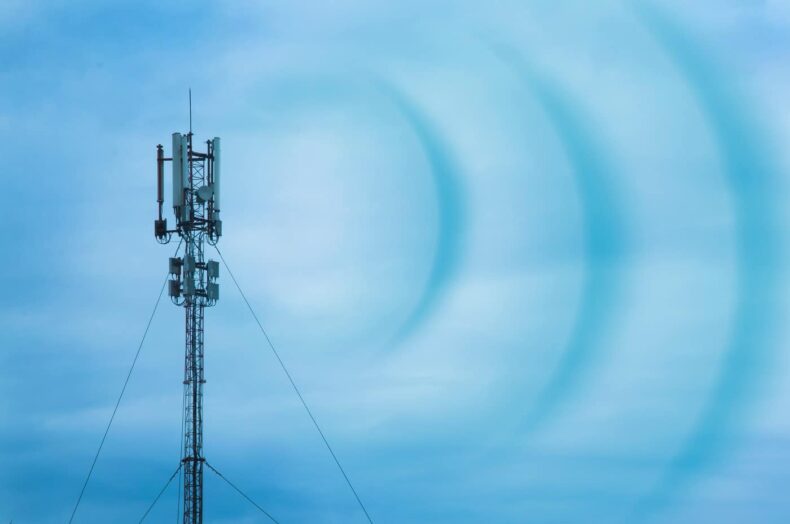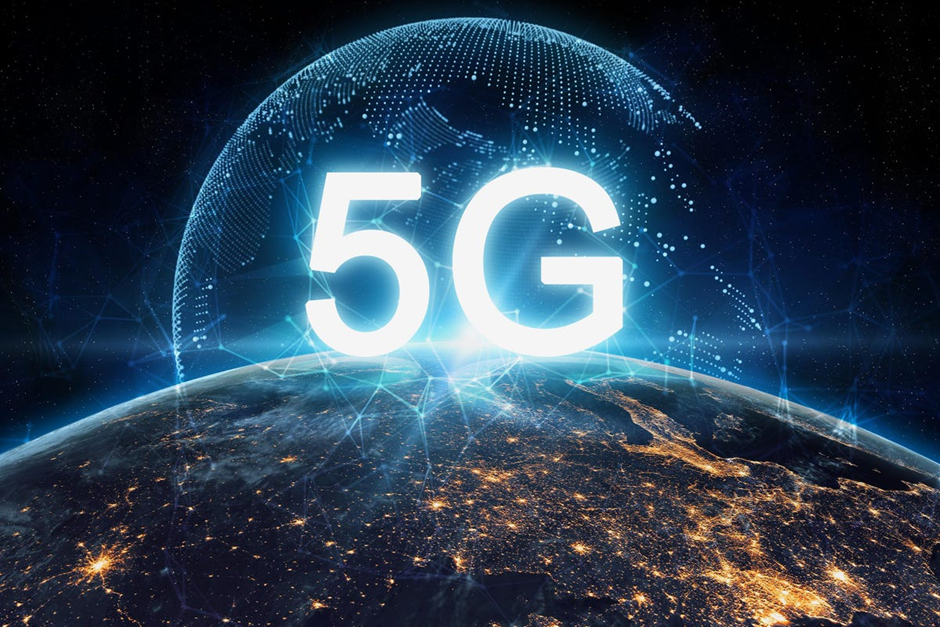
5G network has been the talk of the town for a while now, but there are still many people who do not understand what it exactly means except that it is FAST. Before that, let’s understand what the G means.
History of the Gs’
G here refers to the generation, like 1G, 2G, 3, 4G, and 5G. These are all generations of networks that kept getting better after each G.
The First Generation (1G) came in the 1980s and delivered analog voice.
The Second Generation (2G) came in the early 1990s and introduced digital voice, e.g., CDMA (Code Division Multiple Access).
The Third Generation (3G) came in the early 2000s and brought mobile data, e.g., CDMA2000.
The Fourth Generation (4G) came in the 2010s and brought mobile broadband.
The 5G network is the latest in a line that is more unified and better at air interface. Every industry is going to be affected by it in some way.
India is getting its own 5G network this year with huge telecom operators who are planning to roll it out in the next couple of months all over the country. With the 5G network, there are going to be new terms that we all might not be familiar with. Let’s break it down into a few terms that are important to remember.
We all know how the 4G network brought an increase in speed with its amazing technology. It also came in handy in the industries, schools, and in the daily lives of people before and during the lockdown. It completely shifted the way people used the internet. With the 5G network, things are going to get a lot better, from online gaming to self-driving cars.
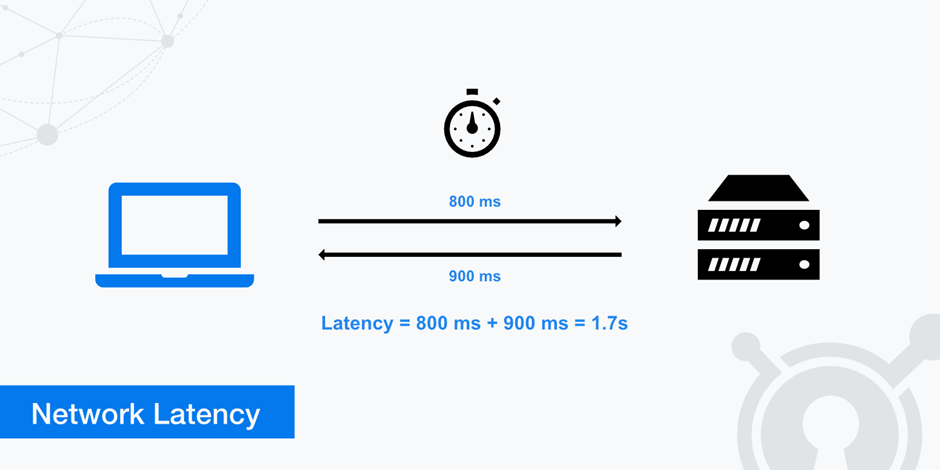
Latency
It plays a huge role in how fast a network is going to be. Latency means the delay or the time it takes between the request for data transfer and when the data transfer actually starts. Like when you click on a website and then it opens up, your click is the request for the data on the site, and when the page starts opening is when the data transfer starts. The delay, or the time between, that is latency.
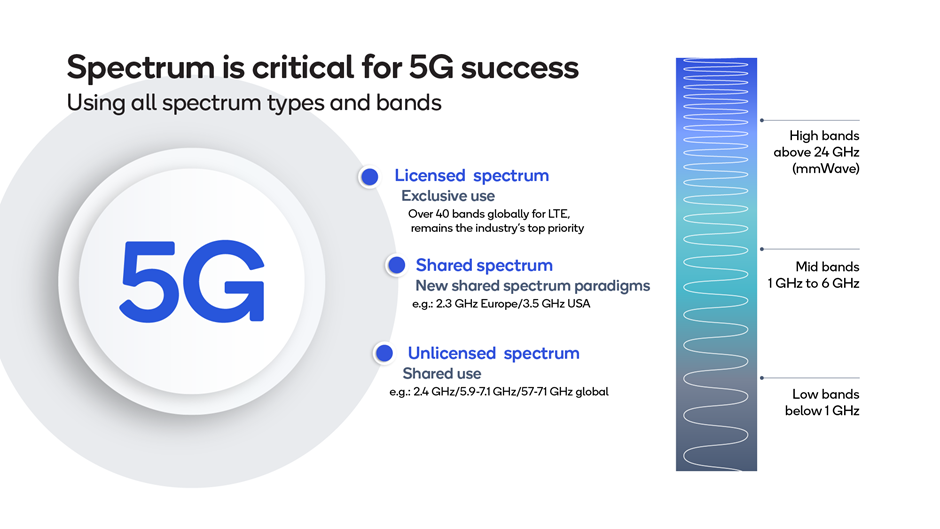
Spectrum’s 5G network
The spectrum is the band of invisible radio frequencies that travel over these frequencies are allocated to several telecom network companies and industries. It is just like a radio in how you change a channel at a different frequency. Your phone can do it on its own and choose the frequency that is less congested. Faster data has higher frequency but less covariance area, whereas slower data has lower frequency but more covariance area.
What is mmWave (millimeter wave)?
Millimeter wave, also known as mmWave, refers to the high frequency 5G spectrum because the distance between the waves is smaller, i.e., in millimeters, compared to previous Gs. The 5G network operates at a frequency range of 24 GHz to 100 GHz, with the benefit of lower cost.
This mmWave are not very stable as they are susceptible interfaces, which makes them better for WiFi networks than cell phone networks. So how did telecom companies find a solution?
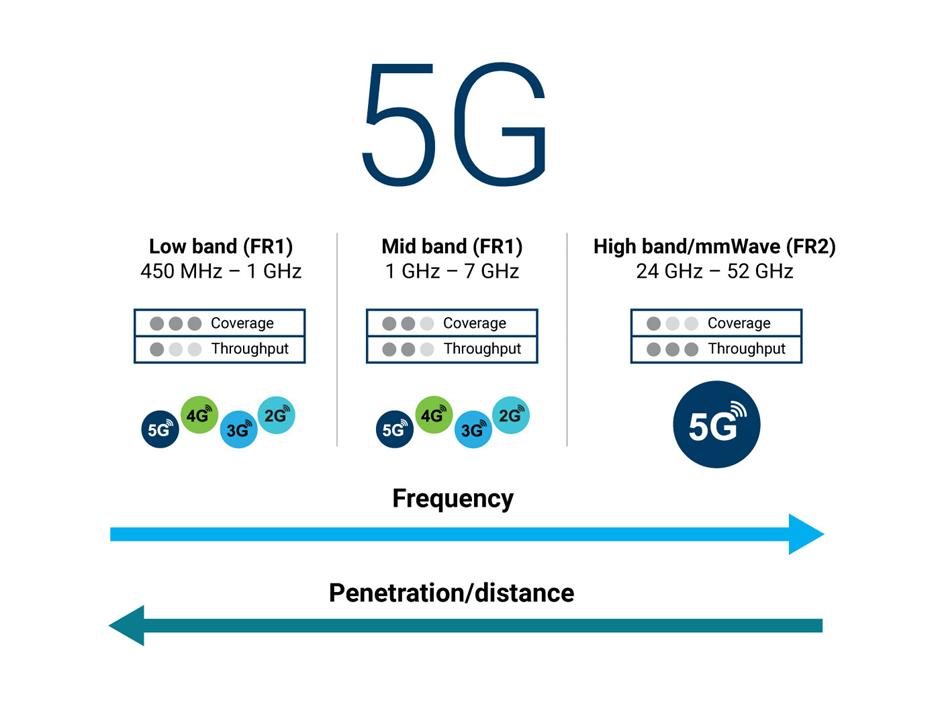
5G low-band network
“Low band” means a lower frequency in the spectra. 3G and 4G networks around the world use these bands as the low band frequencies travel greater distances without much interference with slower speeds.
Frequency in the Mid Band
This comes between mmWave and low-band frequencies. It gives the best of both worlds with minimum compromise. Here we get the range of low-band frequencies and the speed of mmWave frequencies. Both low-band and mid-band frequencies fall under the frequency of 6 GHz, or sub-6 gigahertz (5G).
MIMO (Multiple inputs, multiple outputs) refers to a phone with multiple antennas that allow it to send and receive data signals on the same frequency at the same time. This way, the phone, and other devices get a higher bandwidth internet connection for simultaneous data streams.
The telecom operators bind together different bands of 5G frequency called 5G network aggregation, and smartphones have the ability to segregate these frequencies to find the least congested frequency, therefore more speed.
Network slicing is a process in which certain spectra of frequencies are reserved for different kinds of devices depending on their need for speed. Like a self-driving car, it will get more speed and lower latency than an electricity metre in a building from a cell tower. This is called network slicing.







